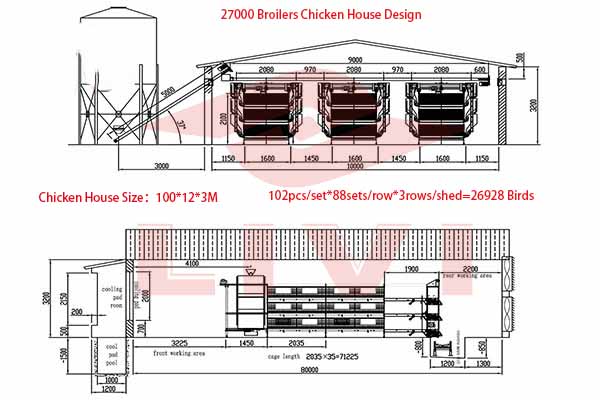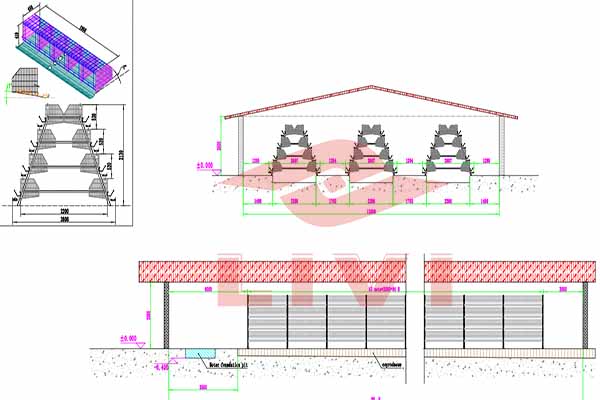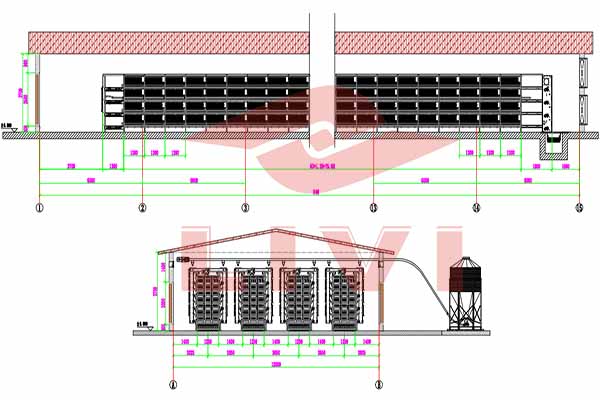Unlocking Efficiency: Tanzanian Poultry Farmers Embrace Automation Systems
With the rapid growth of the poultry industry in Tanzania, farmers are increasingly seeking ways to enhance productivity and reduce labor costs. One of the most effective solutions is the implementation of an automation system. This article explores the benefits of automation for Tanzanian poultry farmers and provides insights into the latest systems available.
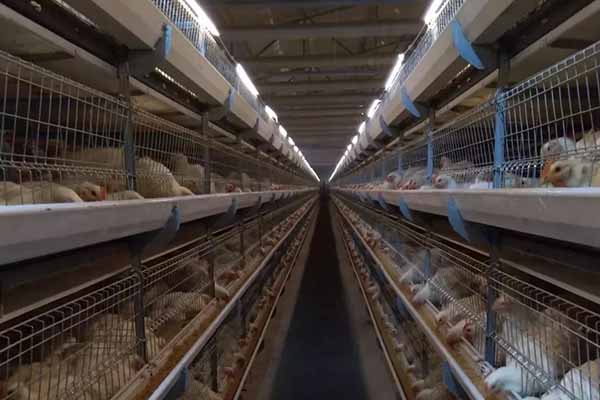
Understanding the Tanzanian Poultry Industry
The poultry industry in Tanzania has seen significant growth, with the production of broiler chickens alone expected to reach over 200 million birds by 2025. However, to maintain this growth, farmers need to adopt modern technologies to stay competitive.
- Broiler chicken production: 200 million birds by 2025
- Annual growth rate: 10% (expected)
- Major challenge: Labor-intensive processes
Benefits of Automation Systems for Poultry Farmers
Automation systems can bring numerous advantages to Tanzanian poultry farmers, including:
- Increased productivity: Automated systems can handle tasks that would otherwise require a large workforce.
- Reduced labor costs: Automation can reduce the need for manual labor, thus lowering operational expenses.
- Improved biosecurity: Automated systems can minimize the risk of disease transmission within the farm.
Latest Automation Systems for Tanzanian Poultry Farms
Several automation systems have been developed to cater to the needs of Tanzanian poultry farmers. Here are some of the most notable ones:
| System | Description | Benefits |
|---|---|---|
| Feeding Automation | Automated feeding systems that provide precise feed portions to birds at set times. | Reduces feed waste, improves bird health |
| Watering Automation | Systems that monitor and maintain water quality and flow. | Ensures consistent water supply, reduces disease risk |
| Environmental Control | Automation systems that control temperature, humidity, and air exchange rates. | Optimizes living conditions, improves growth rates |
| Disease Monitoring | Automated systems that detect and alert farmers to potential disease outbreaks. | Early detection, quicker response, reduces losses |
These systems are designed to be user-friendly and can be easily integrated into existing poultry operations.
Case Study: Success with Automation
One Tanzanian poultry farm has successfully implemented an automation system, resulting in a 30% increase in pr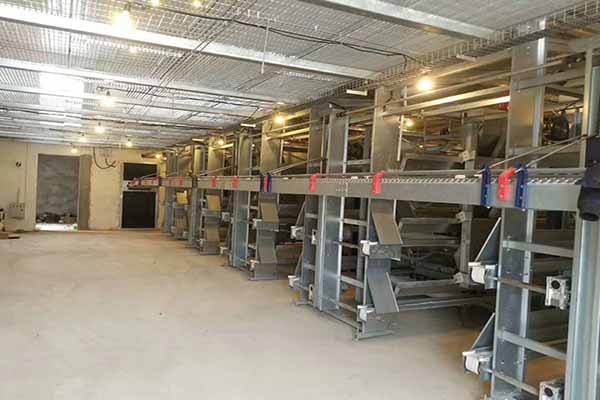 oductivity and a 20% reduction in labor costs. The farm owner attributes these improvements to the precise control and monitoring capabilities of the system.
oductivity and a 20% reduction in labor costs. The farm owner attributes these improvements to the precise control and monitoring capabilities of the system.
Conclusion
Automation systems are a game-changer for Tanzanian poultry farmers, offering a pathway to increased efficiency and profitability. As the industry continues to grow, embracing these technologies will be crucial for long-term success.
Are you a Tanzanian poultry farmer considering an au tomation system? Leave a comment below with your questions or contact us for a free, customized chicken farm design and equipment quote from LIVI Mechanical.
tomation system? Leave a comment below with your questions or contact us for a free, customized chicken farm design and equipment quote from LIVI Mechanical.


